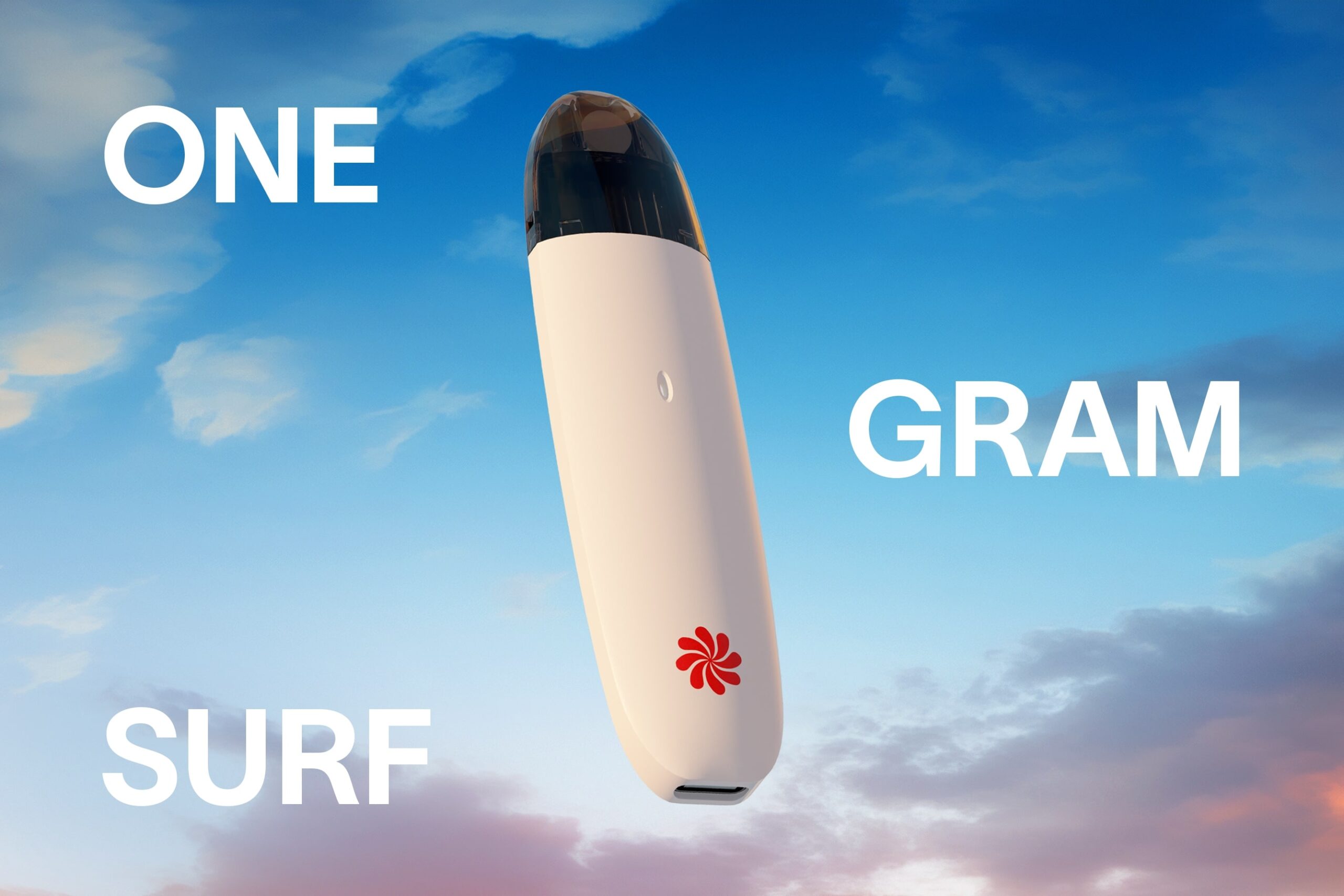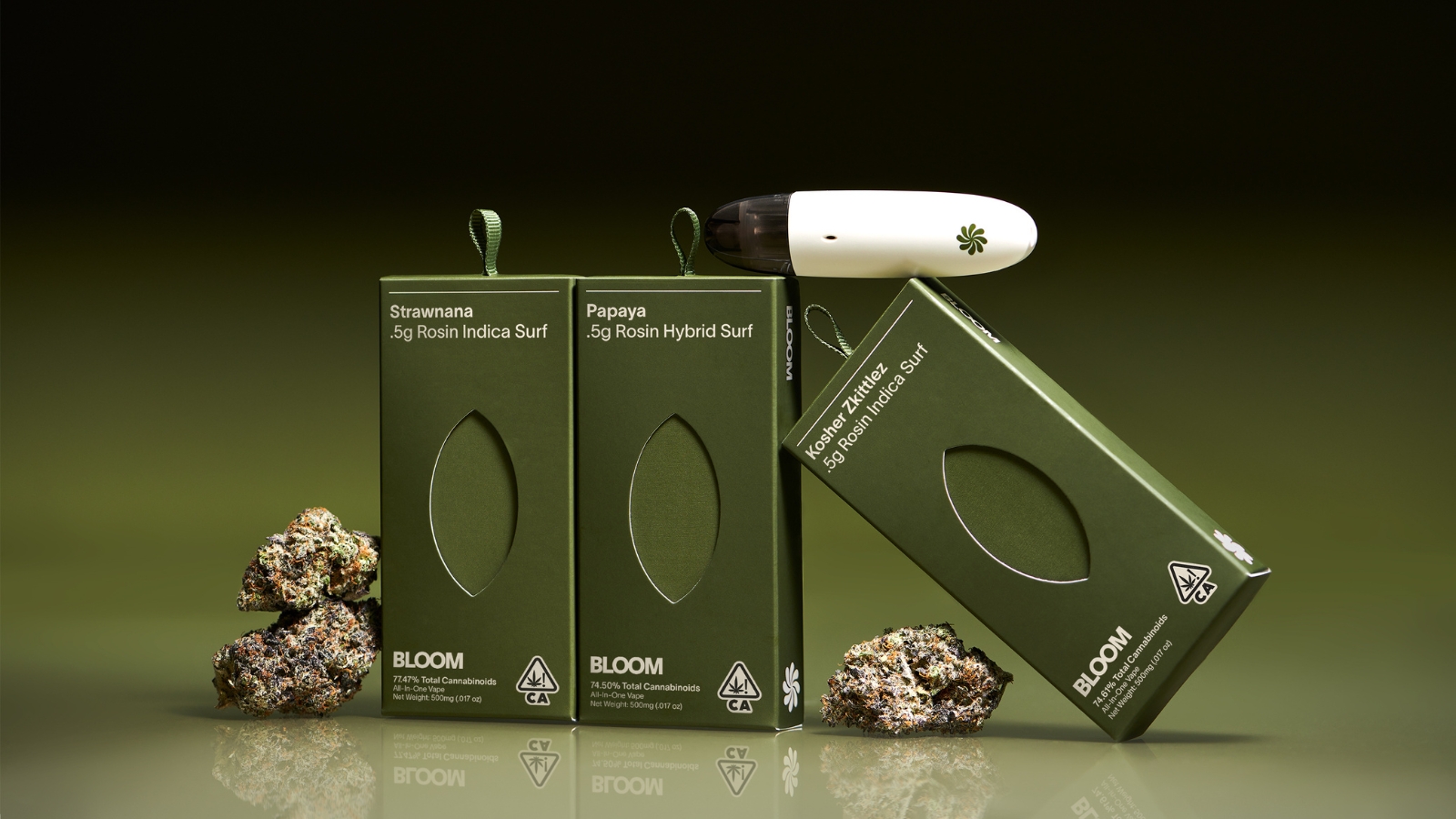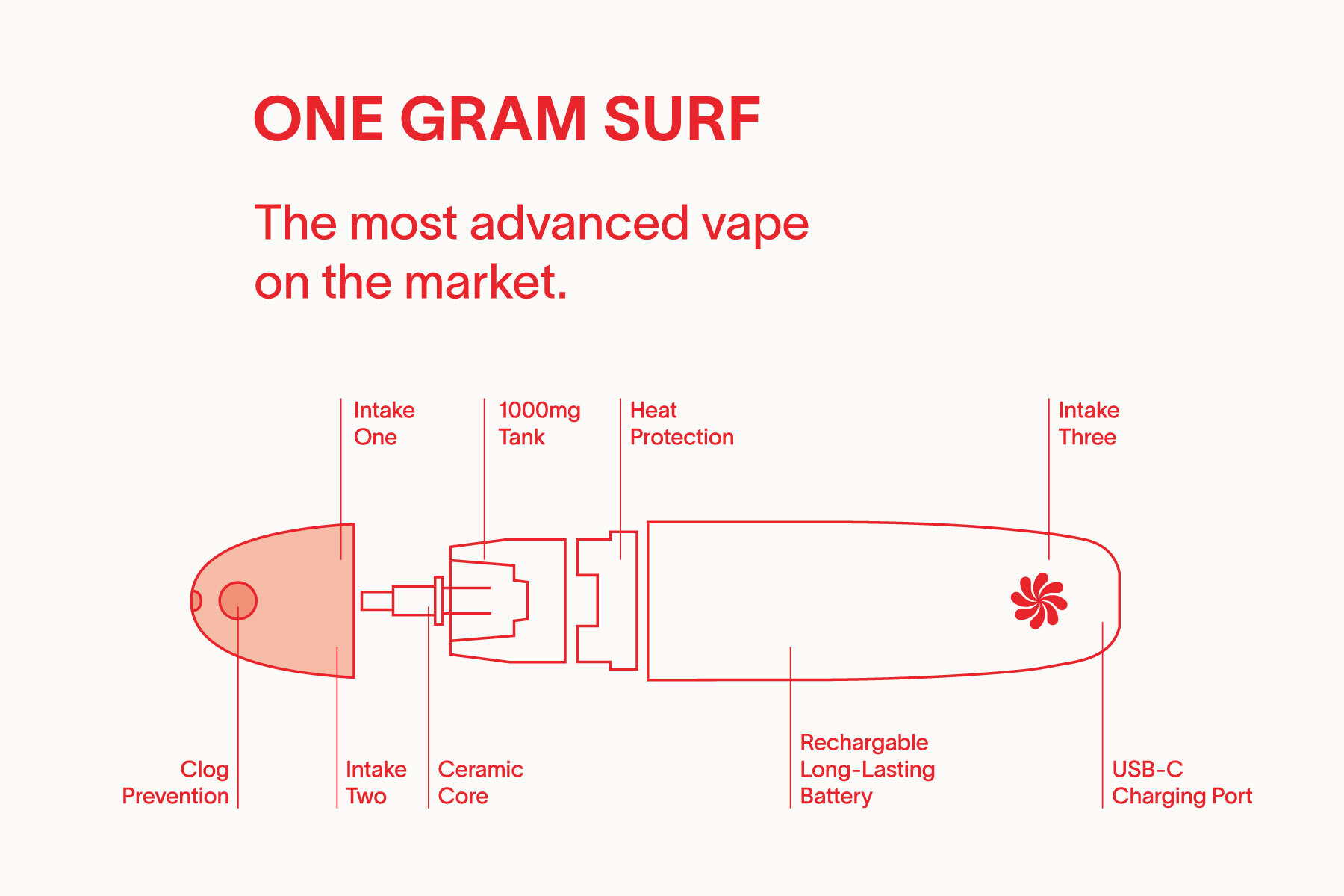As attitudes about cannabis use become more relaxed, athletes are more open about locking arms with Mary Jane to augment their performance. Arnold Schwarzenegger, Michael Phelps, and Nick Diaz are some athletes that come to mind. Although no uniform ban on marijuana exists across professional and amateur sports, it is currently under investigation by various committees, including the IOC (International Olympic Committee), as a potential performance enhancing drug. Because cannabis solubilizes in body fat easily, current drug tests can detect its use for as long as 2-4 weeks after last consumption, depending on frequency and dose of usage. (1)
The increasing use or, perhaps, disclosure of use amongst professional and amateur athletes begs the question as to whether cannabis actually enhances physical performance or whether anecdotes on performance enhancement are merely psychological.
If cannabis does indeed enhance athletic performance, this will be interesting news for the laymen who consumes it (albeit detrimental to the athlete that may depend on it for his/her current performance).
We will explore this complex topic by delving in to the various physiological effects of acute and long-term cannabis consumption relevant to physical performance. Note that we will focus more on the effects of cannabis as THC (tetrahydrocannabinol) + CBD (cannabiol) biomolecules in the bloodstream alone, rather than on effects related to delivery method (for example, the inhalation of tar if you choose to smoke a joint VS the lack thereof when you use vaporizers). Let’s start out with the relevant effects of THC and CBD (the main components of cannabis) on our heart and lungs.
THC Effects (Heart)
THC’s acute effect on the heart has been shown in multiple animal and human studies. Effects include increased heart rate, suppression of normal respiratory impact on heart rate, decreased peripheral vascular resistance, and decreased maximum exercise performance (10). Additionally, it causes orthostatic hypotension and supine hypertension – in other words, abruptly lower blood flow to your brain when you stand, and higher than normal blood pressure when you’re laying down. In short, if you aren’t a chronic user, you can expect a higher cardiac output (blood volume that your heart pumps) and a steadier heart rate. Decreases in maximum exercises performance are most likely due to the psychoactive nature of cannabis since CBD has been shown to have no effect on cardiac activity (17) and THC actually encourages your body to use its resources for energy (protein and fat breakdown).
These acute effects on the cardiovascular system seem to diminish significantly with repeated exposures based on both animal and human studies. While the occasional users may be able to use these cardiovascular effects to their advantage with a transient boost of energy, chronic cannabis users with increased tolerance may not benefit from THC’s ability to get your body going.
Chronic use, however, is associated with a number of cardiovascular issues such as heart attacks according to clinical studies in human patients (10). This makes sense in the context of its acute effects – you’re making your heart work harder and increasing the presence of adrenal cortical hormones / stress hormones. Additionally. depending on modality of delivery, the chronic cannabis smoker may be decreasing their own O2 carrying capacity due to carboxyhemoglobin production from the presence of tar and other burnt, caustic chemicals. On the flipside, however, there is evidence that that THC as a bloodstream molecule may increase O2 delivery to muscle due to its effect on testosterone (11). (No worries, we’ll cover hormones later).
THC Effects (Lungs)
There is evidence that cannabis, when smoked, increases ventilation (air exchange between lungs and external air) as well as your ETCO2 response (body’s response to increasing CO2 buildup by breathing deeper and dilating pulmonary vessels leading to your alveolar units). This effect seems to be non-significant with intravenous THC though, suggesting that this acute benefit may be simply due to the fact that you’re introducing a warm stream of air into your lungs (these effects are seen in sauna use).
More interestingly, acute THC use seems to cause bronchial dilation in the newer / non-chronic user. In other words, it dilates the passage ways that lead to the alveoli – the units of our lungs responsible for exchanging O2 and CO2 between venous and arterial blood.(3) However, this bronchial dilation seems to disappear and lead to relative bronchialconstriction with chronic use. There’s no need to worry if you vape though – multiple studies show that THC alone actually has negligible effects on the lungs. It may be the constituents of smoked cannabis that leads to these effects (tar, heat, etc..)
CBD Effects (Heart).
Cannabidiol is the non-psychoactive portion of cannabis. It doesn’t get you high, but it does offer a plethora of benefits and due to its increased affinity to endocannabinoid receptors more localized in regions outside our brain, it’s the subject of many studies at the moment for various cardiac disorders.
While CBD doesn’t get you the head high, its been shown to be an anti-arrhythmic in animal studies (19) and human trials (22). In other words, it may promote the efficient pumping of your heart if you have a cardiac disorder. Additionally there is evidence that it decreases oxidative stress, inflammation, and cell death (20). These effects occur acutely, but since CBD accumulates in fat tissue like THC does, subsequent release in abstinence my elongate these effects. In the heart of a healthy athlete, however, there is a lack of evidence that CBD alone does anything significant.
CBD Effects (Lungs)
Evidence points to CBD enhancing the break down of lung cancer cells. (21) However, studies on CBD’s specific effect on pulmonary effects in the healthy individual are lacking and are often co-related with THC.
Our Interpretation
If you don’t smoke much, cannabis consumption might get you going, but that effect dies down quickly. Chronic use leads to disappearance of cardiac and pulmonary benefits in acute physical activities. Based on the studies we observed, this seems to be true across animal and human trials. Outside of the athlete’s performance though, cannabis shows some promise as medication for cardiopulmonary diseases.
In our next article, we will delve into the effects of THC and CBD on the athlete’s powerhouse and foundation that the heart fuels: the skeletal and muscular systems.
http://www.espn.com/special/s/drugsandsports/mari.html
http://www.druglibrary.org/schaffer/library/studies/nc/nc1e.htm(1972 The Report of the National Commission on Marihuana and Drug Abuse)
https://www.nap.edu/read/18942/chapter/6
https://www.ncbi.nlm.nih.gov/pubmed/19634029
http://www.amjmed.com/article/S0002-9343(16)30851-8/abstract
https://www.ncbi.nlm.nih.gov/pubmed/25801536
http://www.cmaj.ca/content/184/10/1143
https://www.ncbi.nlm.nih.gov/pmc/articles/PMC2626929/
https://www.whaxy.com/learn/can-marijuana-treat-muscular-dystrophy
https://www.ncbi.nlm.nih.gov/pubmed/12412837
https://www.ncbi.nlm.nih.gov/pubmed/3016764
http://jpet.aspetjournals.org/content/224/2/404
https://www.ncbi.nlm.nih.gov/pubmed/6269423
http://www.idmu.co.uk/cangitract.htm
https://www.ncbi.nlm.nih.gov/pubmed/23684393
https://www.drugscience.org/Petition/C3H.html
http://www.truthonpot.com/2013/01/27/does-marijuana-cause-lung-damage/
http://heart.bmj.com/content/97/24/e8.9.abstract?cited-by=yes&legid=heartjnl;97/24/e8-q
https://www.ncbi.nlm.nih.gov/pubmed/21144973
https://www.ncbi.nlm.nih.gov/pubmed/25069049
https://www.ncbi.nlm.nih.gov/pmc/articles/PMC3579247/
by Eric Yu





